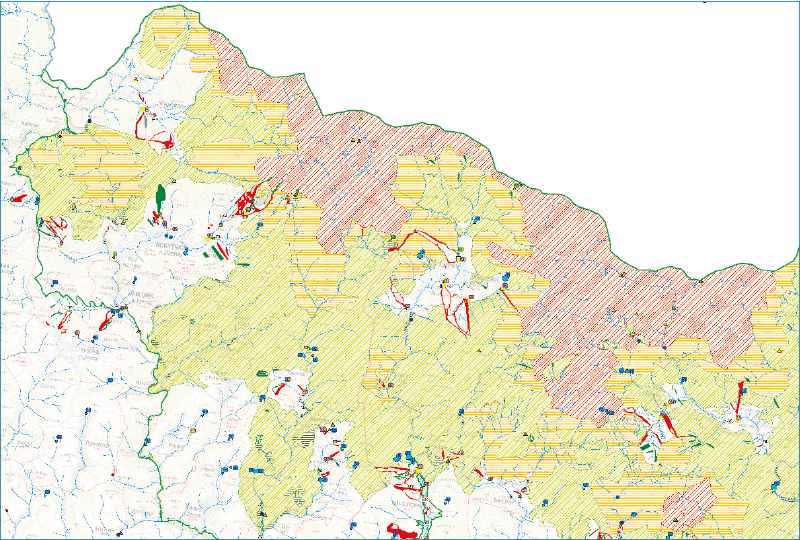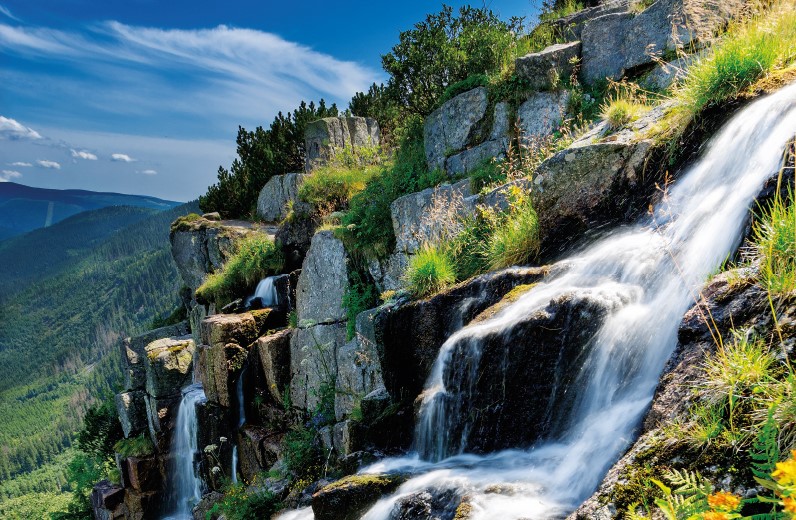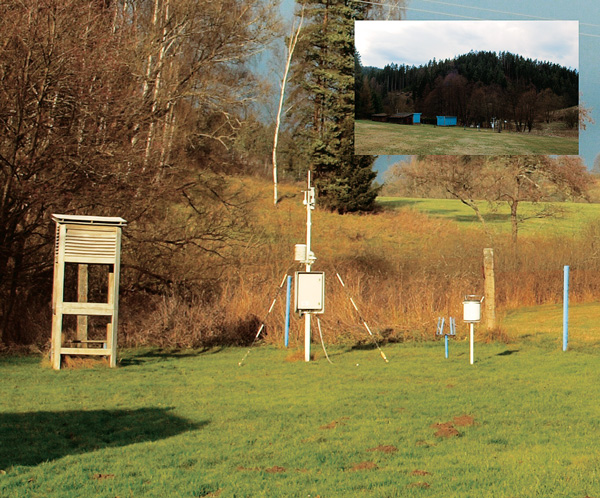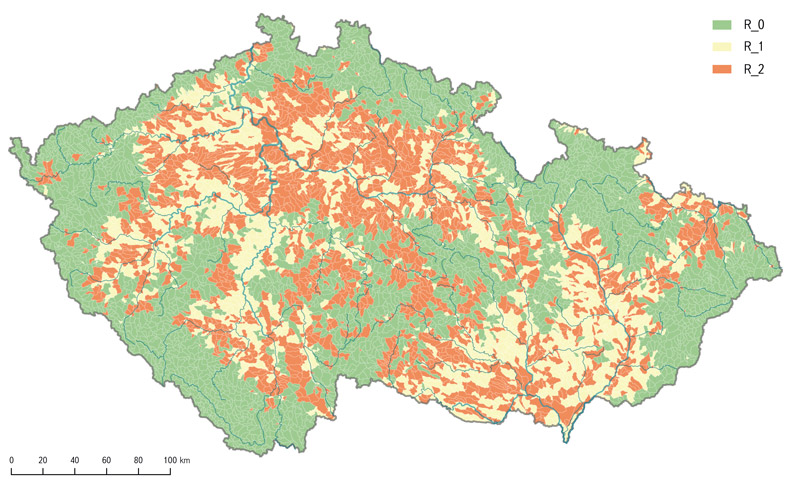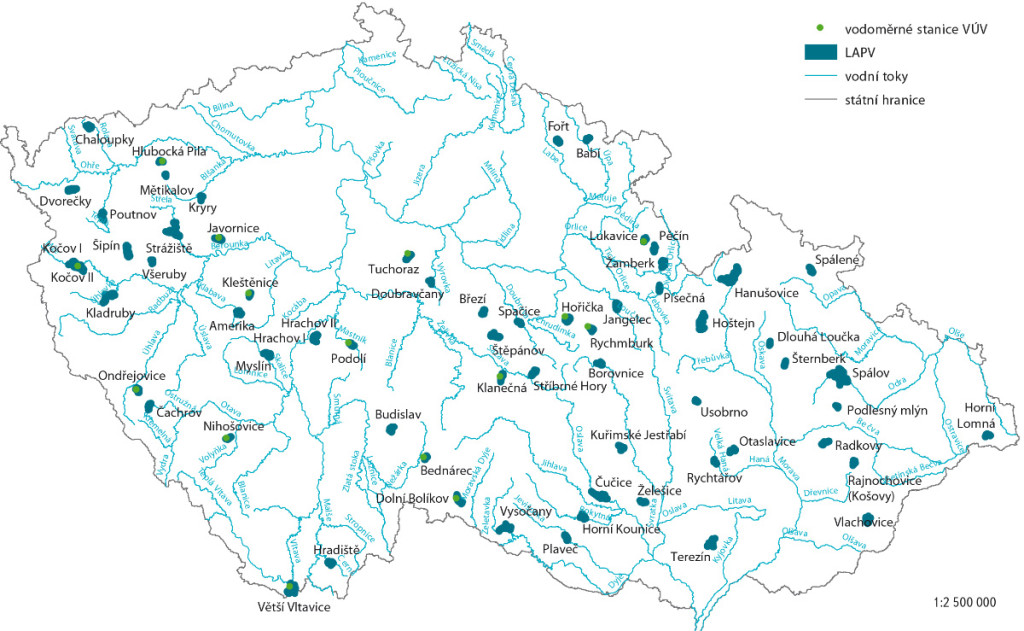Results and outputs of the project entitled “Support for long-term planning in the field of water management in the Krkonoše National Park with an emphasis on solving the issue of the effect of technical snowmaking on the decrease in flows with the aim of increasing the long-term production of nature and landscape protection”
Projekt s názvem „Podpora dlouhodobého plánování v oblasti vodního hospodářství na území Krkonošského národního parku s důrazem na řešení problematiky vlivu technického zasněžování na pokles průtoků s cílem zvýšit dlouhodobou efektivitu ochrany přírody a krajiny“ (ID projektu: TH02030080) z programu Epsilon Technologické agentury (TA ČR) byl řešen ve VÚV TGM v letech 2017–2020. Projekt se věnoval zejména výzkumu dopadů technického zasněžování na vodní toky v Krkonoších z pohledu možného ovlivnění průtoků v důsledku odběrů vody.
Impact of snowmaking on streams in the Giant Mountains
Příspěvek se zabývá dopadem technického zasněžování na vybrané toky na území Krkonoš z pohledu změn v průtocích, z hlediska interakce možného znečištění přírodního prostředí z toků a opačně, a rozdílů mezi přírodním sněhem a sněhem ležícím na sjezdovce.
Air temperature and precipitation on the meteorological station Bučnice in the Upper Metuje catchment
The paper deals with the analysis of time series of air temperature and precipitation at the meteorological station Bučnice in eastern Bohemia, which is operated by the TGM Water Research Institute.
Risk assessment of drying up of small streams in the Czech Republic
A categorization of the Czech Republic territory in terms of the risk of drying up of small streams (1st to 4th order by Strahler) was proposed. Three levels of risk (low, medium and high) for basic hydrological units (catchment) were set. The risk levels were defined using selected abiotic characteristics of the hydrological units and their combinations.
Possible compensation of negative climate change impacts using the localities for potential accumulation of surface water
The list of localities potentially suitable for accumulation of surface water (LASW) exists in the Czech Republic from the beginning of 20th century.
